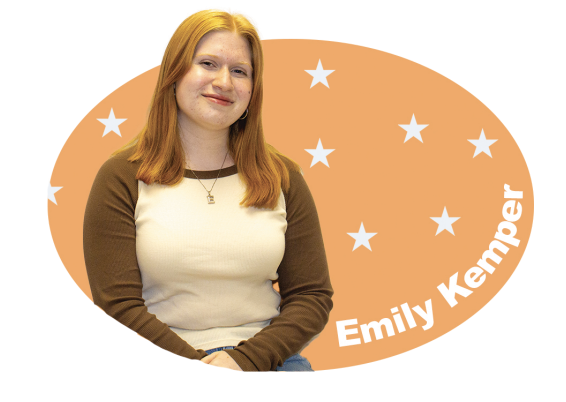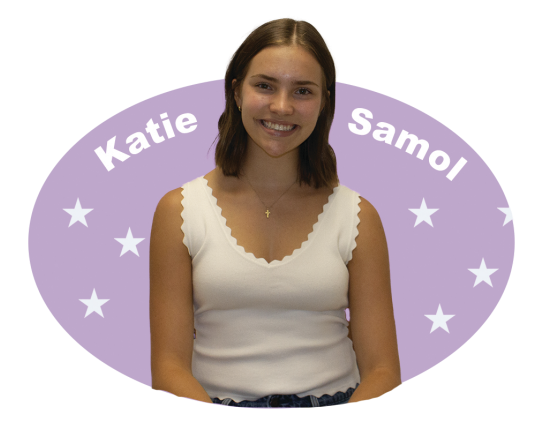Emily Kemper | The Chronicle
When they were first announced, Journey Days excited me: we finally had a clear outline of what we were supposed to do with our independent learning time, easily accessible volunteer and job shadow opportunities, and best of all, two extra days out of the classroom. Mason City Schools’ (MCS) first-ever Journey Day succeeded in fixing many of the problems Personal Learning Days possessed but for most students, the experience was a mix of hits and misses.
The biggest issue with Personal Learning Days was that most students did not know what to do to personalize their learning. In elementary school, my parents planned museum trips, at-home activities, and made sure I had something to present to my class when I came back. But once I became too old for baking cookies and making model magic sculptures to count as age-appropriate educational experiences, I stopped doing any learning on these days at all. By providing examples of activities to do and easily accessible sign-ups, Journey Days seemed to address this glaring problem.

Unfortunately, a new issue arises from this “solution”.
The activities we are required to do on Journey Days aren’t meaningful.
Major emphasis on required. The optional categories of Journey Day experiences — Expeditions and Quests — are meaningful. Personally, I spent some time on my Journey Day volunteering at the Comet Cupboard, which was a great way to get involved in my community. The Expedition choice board also gives useful prompts for what you can do with your day, from college visits to trying a new recipe. However, the Missions category, well, failed this mission.
As just a bland checklist of surveys and videos, the Mission on SchooLinks wasn’t helpful to me in any way. At first, I tried to engage and be thoughtful in my responses, but after it was clear I wasn’t gaining anything from the experience, I clicked through to the end as fast as I could, updated my profile and went on with the rest of my day. I can see how some of the features may be helpful to students, especially when it comes to figuring out what they want to do after high school, but videos about the importance of honesty and believing in yourself? In high school? Is this really the most effective way to learn about ourselves?
It is not. The other half of Journey Days — Expeditions and Quests — are. Expeditions provide students with actions they can take to better themselves, prepare for their future, or just have fun learning something new. These are all excellent ways to learn about oneself, what you enjoy doing, what you see for yourself in the future, and what makes you, you. Quests are an even better way to learn about yourself: by connecting with the community. Job shadows help students decide their career goals, community service allows them the opportunity to help others, and other fun community activities give them a chance to just relax and have fun.
The biggest difference between these activities and SchooLinks Missions? Expeditions and Quests are actions. Missions are just spent staring at a computer screen.
Requiring Expeditions and/or Quests and making Missions optional would greatly improve the Journey Day experience at MHS. Students would have an actual experience to learn from, reflect on during Homeroom landing (sharing) time, and see it as not a waste of their day, but as a meaningful addition to their high school experience.
Journey Days are close to being the perfect fix for Personal Learning Days, but SchooLinks is not the solution.






